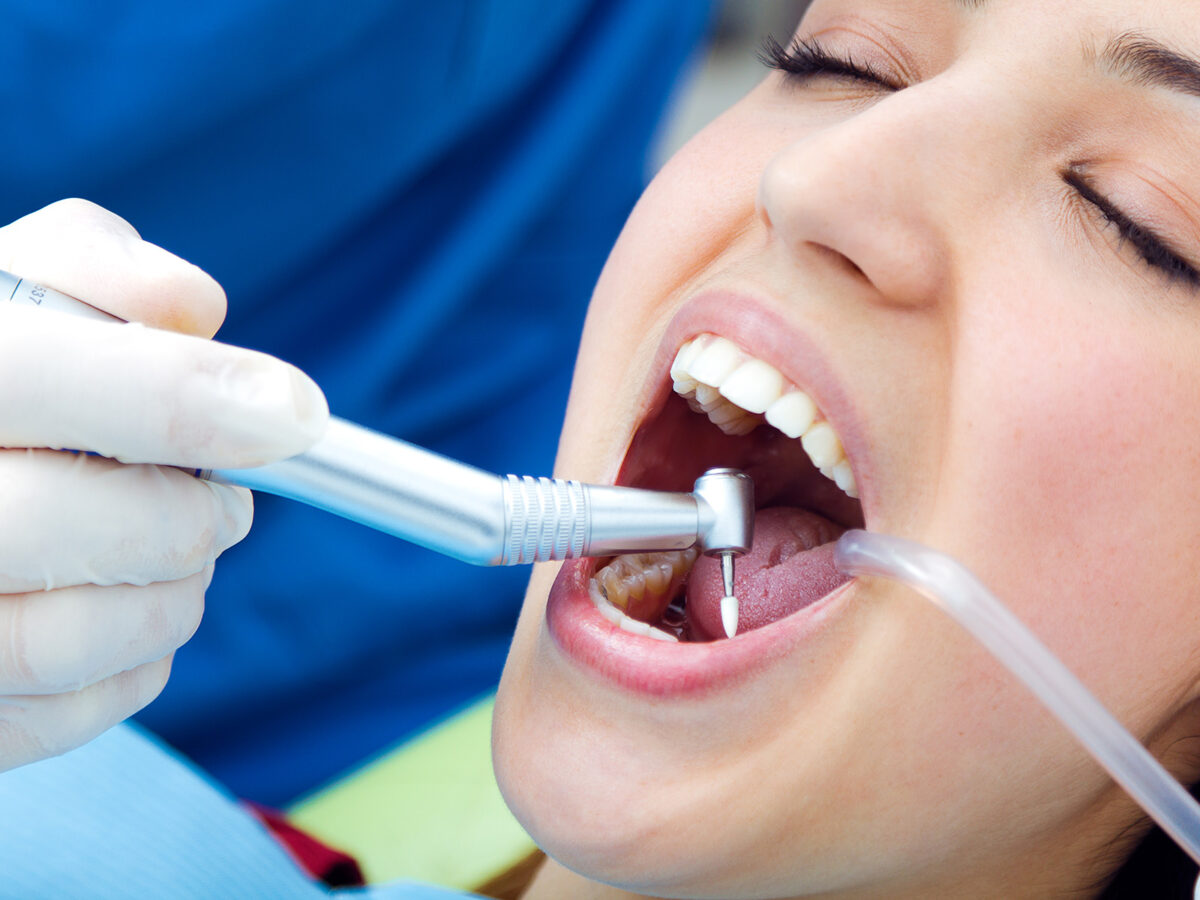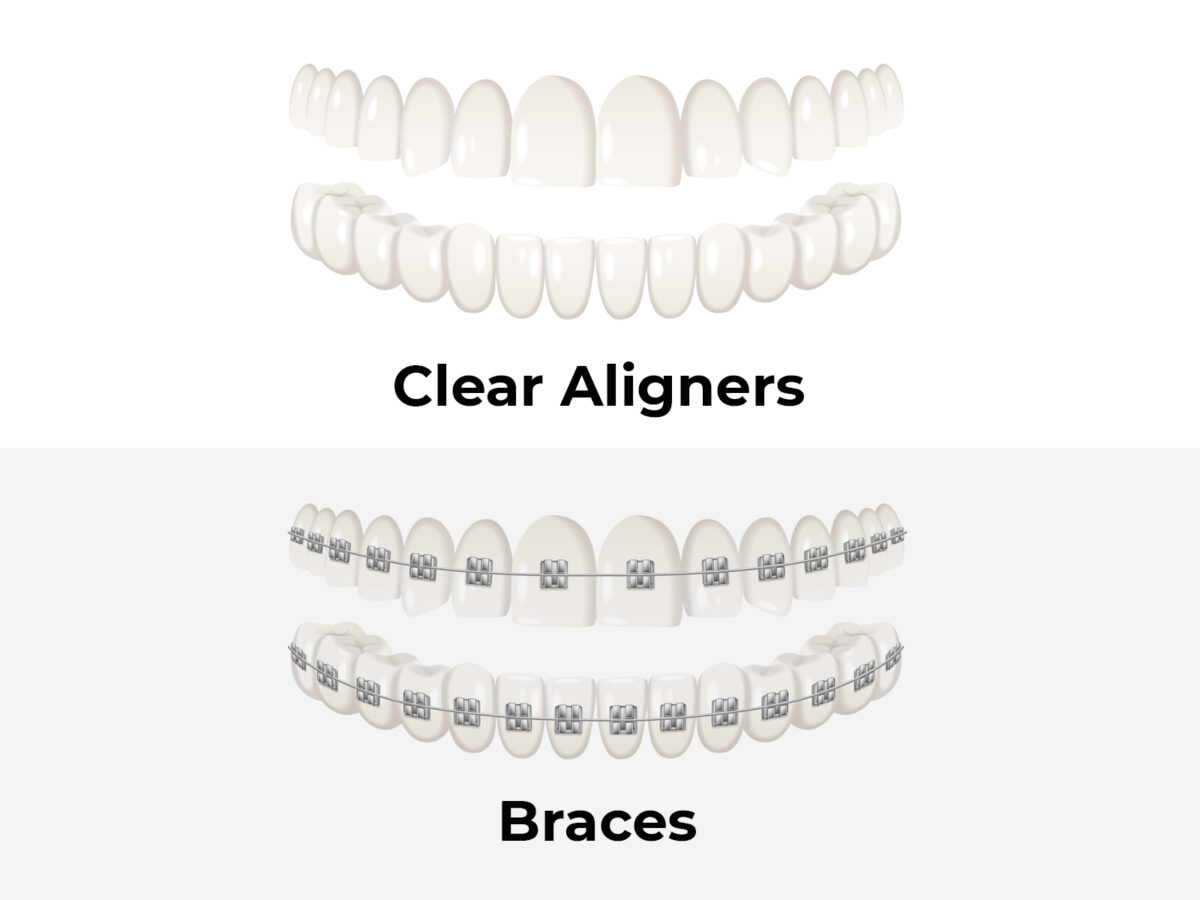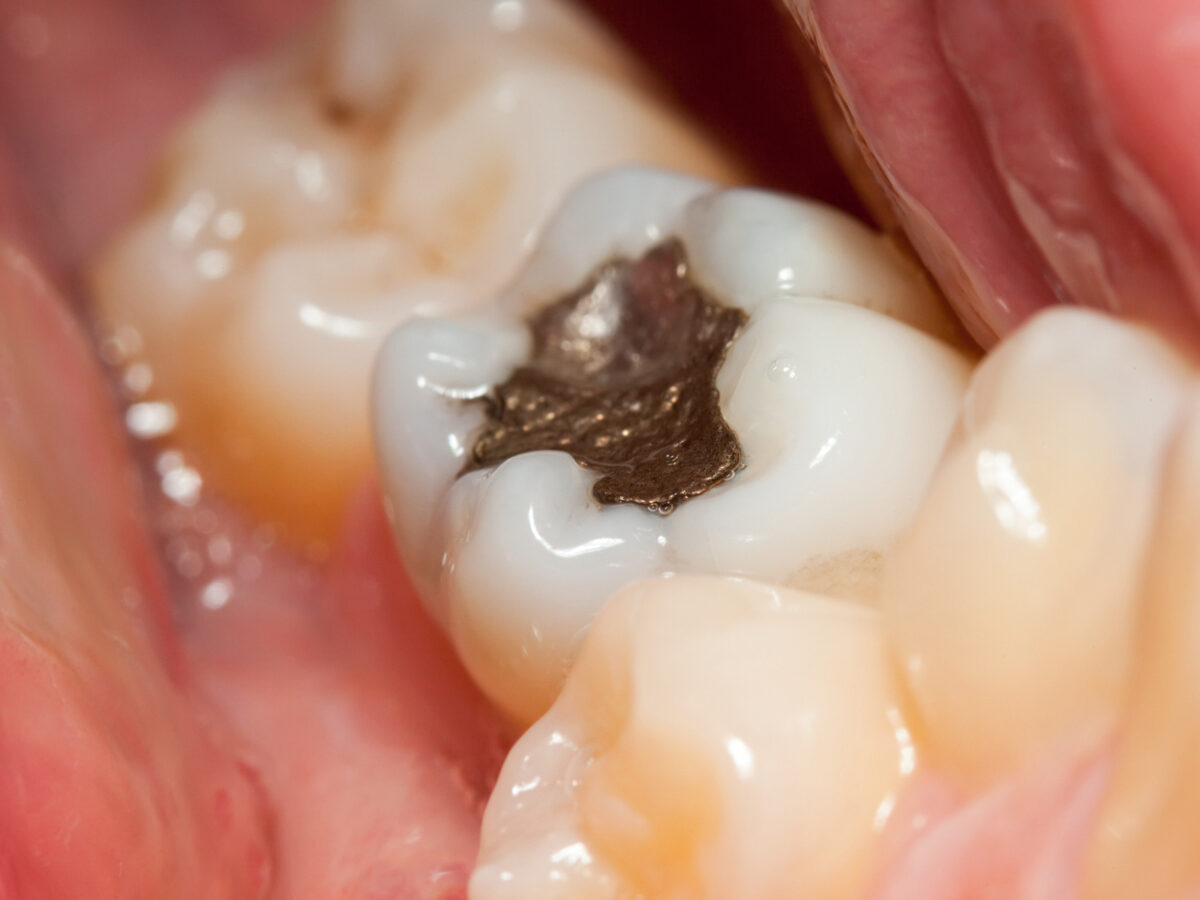As we age, our bodies undergo numerous changes, including those in our teeth. Have you recently noticed a change in your smile when looking in the mirror? If so, the cause might be changes in tooth spacing. Indeed, teeth shift with age. This isn’t about intentional adjustments made through orthodontic treatments, but rather the natural movement of teeth positions as we grow older.
Though our teeth aren’t permanently fixed, even after orthodontic treatments in adulthood, they can gradually shift due to factors like teeth grinding, periodontal diseases, or simply aging.
Let’s delve deeper into why our teeth move as we age, how these movements occur, and what we can do to prevent such shifts.
Why Do Teeth Shift With Age?
Many believe that once we have our adult teeth, they remain stationary unless moved through orthodontic treatments. However, teeth can naturally move, often subtly enough that it’s unnoticeable unless the shift is significant. Several reasons contribute to these changes in tooth spacing:
Teeth Grinding or Clenching: Many suffer from bruxism, unconsciously grinding or clenching their teeth throughout the day and night. This puts immense pressure on molars, which then exert force on surrounding teeth, causing movement. Over time, this can lead to wear and tear, breaks, chips, headaches, TMJ (temporomandibular joint) disorders, and increased tooth sensitivity.
Gum Recession and Bone Loss: Aging can lead to reduced bone density throughout the body, including the jaw. This results in gum recession, making teeth appear longer. Over time, the weakening of bone, tissues, and ligaments contributes to tooth movement. Typically, lower teeth shift before upper ones due to the friction created when chewing, which wears away enamel and pushes upper teeth forward.
Periodontal Diseases: These refer to any decay or disease affecting your gums or the bone beneath your teeth. Damage to these supporting structures can make teeth mobile and misaligned.
Changes in Jawbone: Our facial structures, especially the lower jaw, continue to evolve throughout our lives. As the lower jaw grows forward and narrows with age, it impacts tooth spacing. This can lead to crowding and overlapping of the lower teeth. Additionally, changes in the jaw alter our bite, affecting how our upper and lower teeth align. Over time, this added pressure can cause gaps to form between upper teeth.
Not Wearing Retainers: After orthodontic treatments, it’s crucial to wear retainers for a specified period. This prevents teeth from reverting to their original positions.
Lip Aging: As we age, many facial features, including our lips, become thinner and smaller. This change in lip size can exert pressure on our teeth, leading to shifts.
How to Prevent Teeth Shift With Age?
Several steps can help prevent or delay changes in tooth spacing:
- Maintain Good Oral Hygiene: Brush twice and floss once daily to ward off periodontal diseases. Regular dental check-ups can also help detect and address potential issues early on.
- Night-time Mouth Guard for Bruxism: If you grind your teeth at night, your dentist might recommend a mouthguard to prevent wear and tear.
- Replace Missing Teeth: If you have a missing tooth, your dentist can use an implant, spacer, or other orthodontic appliance to fill the gap. This helps maintain proper spacing and alignment.
Conclusion
While prevention is the best approach to avoid teeth shifting with age, it’s not always feasible. If you believe your teeth have moved, consult your dentist for potential treatments to realign them.





